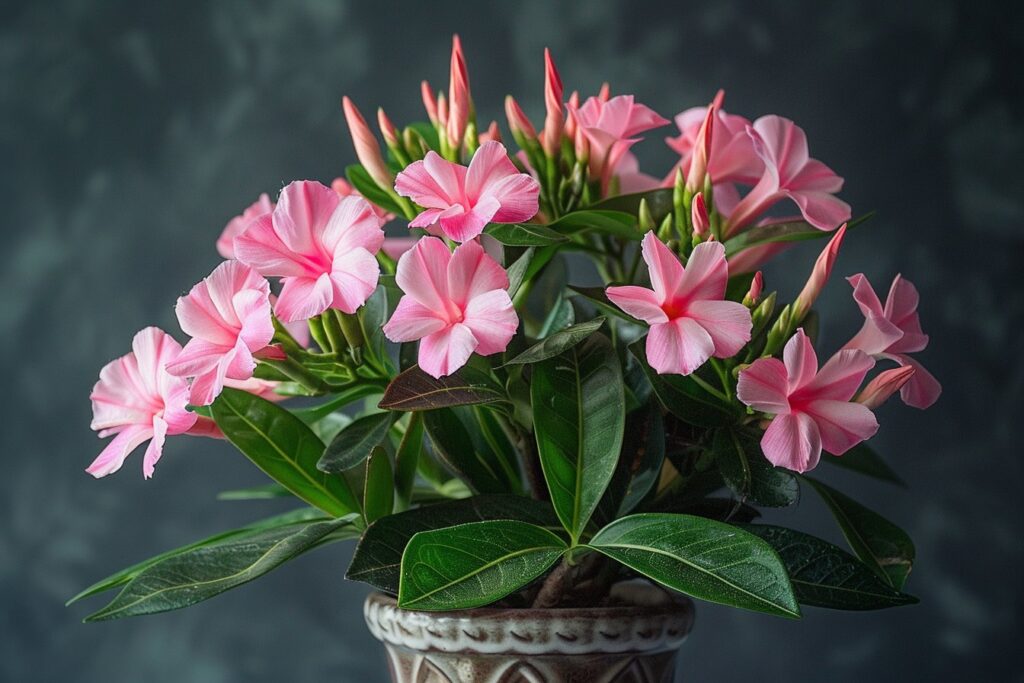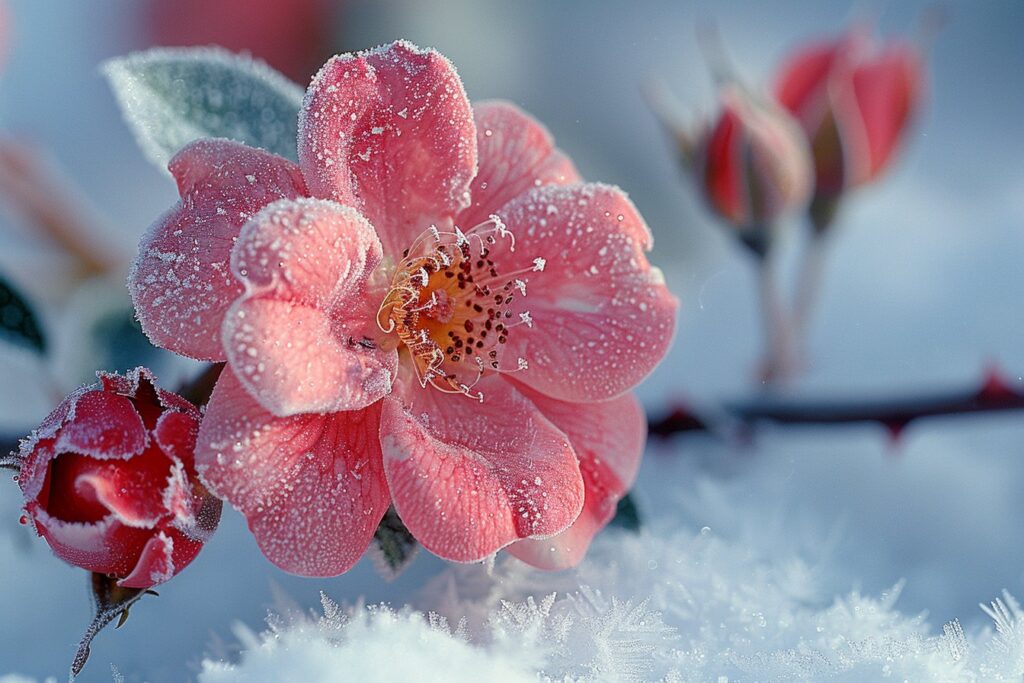How To Master Laurel Rose Cuttings: A Step-by-Step Guide For Your Garden
Alright, listen up, plant enthusiasts! If you're here, chances are you're ready to dive into the world of laurel rose cuttings. This isn’t just about sticking a branch in some soil and hoping for the best. No, no, no! It’s an art—a science even. And today, we’re breaking it down for you, step by step, so you can transform your garden into a lush paradise. So grab your gloves, and let’s get to it, shall we?
Now, before we jump into the nitty-gritty, let’s address the elephant in the room: why should you care about laurel rose cuttings? Well, it’s simple. These plants are not only stunning but also super versatile. They’re like the Beyoncé of shrubs—elegant, strong, and ready to take center stage in your backyard. Plus, they’re relatively easy to propagate, which means even the greenest of green thumbs (pun intended) can succeed.
Let’s face it, gardening isn’t just about growing plants; it’s about creating something beautiful, something that reflects your personality and passion. And with laurel rose cuttings, you’re not just planting a shrub—you’re planting potential. So buckle up, because we’re about to embark on a journey that will turn you into a laurel rose propagation pro!
Here’s a quick table of contents to guide you through this article. Feel free to jump around as needed, but trust me, you won’t want to miss a thing!
- What is Laurel Rose?
- Benefits of Using Cuttings
- Tools You'll Need
- Step-by-Step Process
- Common Mistakes to Avoid
- Troubleshooting Tips
What is Laurel Rose?
Let’s start with the basics, folks. The laurel rose, scientifically known as Rhododendron laurinum, is a beautiful evergreen shrub that’s native to Southeast Asia. It’s famous for its vibrant pink flowers and glossy green leaves. But here’s the kicker: it’s not just a pretty face. This plant is tough, adaptable, and can thrive in a variety of climates. In short, it’s a gardener’s dream come true.
Now, if you’re thinking, “Wait, isn’t this just another fancy plant?” allow me to set the record straight. The laurel rose isn’t just any plant. It’s a symbol of resilience and beauty, and propagating it through cuttings is one of the most rewarding experiences a gardener can have. Plus, it’s a great way to save some cash. Who doesn’t love free plants, right?
Why Choose Laurel Rose?
Here’s the deal: the laurel rose is more than just a plant. It’s a conversation starter, a garden highlight, and a testament to your green thumb. Not to mention, it’s incredibly low-maintenance once established. So, whether you’re a seasoned gardener or a newbie, this plant is a must-have for your outdoor space.
Benefits of Using Cuttings
Now, let’s talk about why laurel rose cuttings are the way to go. First off, they’re a cost-effective way to expand your garden. Instead of spending a fortune on new plants, you can create duplicates of your favorite shrubs for free. Second, cuttings ensure genetic consistency. This means you’ll get a plant that’s identical to the parent, so you know exactly what you’re getting.
But wait, there’s more! Propagating through cuttings is also faster than starting from seeds. While seeds can take years to mature, cuttings can root within weeks, giving you a head start on your gardening goals. Plus, it’s a great way to share your love of plants with friends and family. Just imagine the look on their faces when you gift them a beautiful, thriving laurel rose.
Environmental Benefits
Let’s not forget the environmental perks. By using cuttings, you’re reducing the need for new plant purchases, which often come with plastic packaging and a carbon footprint. It’s a small step, but every little bit helps in the fight against climate change. So, not only are you beautifying your garden, but you’re also doing your part for the planet.
Tools You'll Need
Alright, now that we’ve got the why out of the way, let’s talk about the how. To successfully propagate laurel rose cuttings, you’ll need a few essential tools. Don’t worry; you don’t need to break the bank. Most of these items are probably already in your garage or kitchen drawer.
- A sharp, clean pair of pruning shears (sterilized, of course!)
- A pot or container with drainage holes
- Potting soil or a rooting medium
- Rooting hormone (optional but highly recommended)
- A spray bottle for misting
- A plastic bag or clear dome for humidity control
See? Not too complicated, right? With these tools in hand, you’re ready to rock your laurel rose cuttings game.
Step-by-Step Process
Alright, let’s get to the good stuff. Here’s a step-by-step guide to propagating laurel rose cuttings. Follow these instructions carefully, and you’ll be well on your way to growing a thriving shrub.
Selecting the Right Cuttings
First things first, you need to choose the right branch. Look for a healthy, mature branch that’s about 6-8 inches long. Make sure it’s free of pests and diseases. You want the healthiest branch possible, so your cutting has the best chance of success.
Preparing the Cuttings
Once you’ve selected your branch, it’s time to prepare it. Using your sterilized pruning shears, make a clean cut just below a leaf node. Remove the lower leaves, leaving only a few at the top. This helps the cutting focus its energy on root development rather than supporting unnecessary foliage.
Planting the Cuttings
Now, it’s time to plant your cutting. Fill your pot with a well-draining rooting medium, such as a mix of peat moss and perlite. Dip the cut end of the branch in rooting hormone (if you’re using it) and insert it into the soil. Gently press the soil around the base to ensure good contact.
Caring for the Cuttings
After planting, mist the cutting with water and cover it with a plastic bag or clear dome to create a humid environment. Place the pot in a warm, bright location, but out of direct sunlight. Check the soil regularly to ensure it stays moist but not waterlogged. Within a few weeks, you should start to see new growth, which is a sign that roots are forming.
Common Mistakes to Avoid
Let’s face it, even the best gardeners make mistakes. But don’t worry, we’re here to help you avoid the most common pitfalls when it comes to laurel rose cuttings.
- Overwatering: Too much water can lead to root rot. Make sure the soil drains well and only water when the top inch feels dry.
- Too Much Sunlight: Direct sunlight can scorch the cutting. Keep it in a bright, indirect light instead.
- Using Unhealthy Cuttings: Always choose healthy, pest-free branches. A sick cutting has little chance of survival.
By avoiding these mistakes, you’ll significantly increase your chances of success. Remember, patience is key. Don’t rush the process; let nature do its thing.
Why Mistakes Happen
Mistakes happen for a variety of reasons, but often it’s because gardeners get impatient or don’t fully understand the needs of their plants. That’s why it’s so important to do your research and follow proper techniques. Knowledge is power, and in this case, it’s also the key to a thriving garden.
Troubleshooting Tips
Even the most careful gardeners encounter problems from time to time. But don’t despair! Here are a few troubleshooting tips to help you overcome common issues with laurel rose cuttings.
- Wilting Leaves: This could indicate too much or too little water. Adjust accordingly and monitor closely.
- No Root Growth: If your cutting isn’t rooting, try using rooting hormone or adjusting the humidity levels.
- Pests or Diseases: Inspect the cutting regularly for signs of pests or diseases. Treat immediately if you notice any issues.
With these tips in your back pocket, you’ll be ready to tackle any challenge that comes your way. Remember, gardening is a journey, not a destination. Enjoy the process and learn from your experiences.
Kesimpulan
Well, there you have it, folks! A comprehensive guide to mastering laurel rose cuttings. From selecting the right branch to troubleshooting common issues, we’ve covered everything you need to know to succeed. So, what are you waiting for? Grab your tools and get to work!
Before you go, I’d love to hear from you. Have you tried propagating laurel rose cuttings before? What challenges did you face, and how did you overcome them? Leave a comment below and let’s keep the conversation going. And don’t forget to share this article with your fellow gardening enthusiasts. Together, we can create a greener, more beautiful world—one shrub at a time!

Bouture de Laurier Rose Guide et Astuces pour un Bouturage Réussi

Bouture de Laurier Rose Guide et Astuces pour un Bouturage Réussi

Bouture de Laurier Rose Guide et Astuces pour un Bouturage Réussi